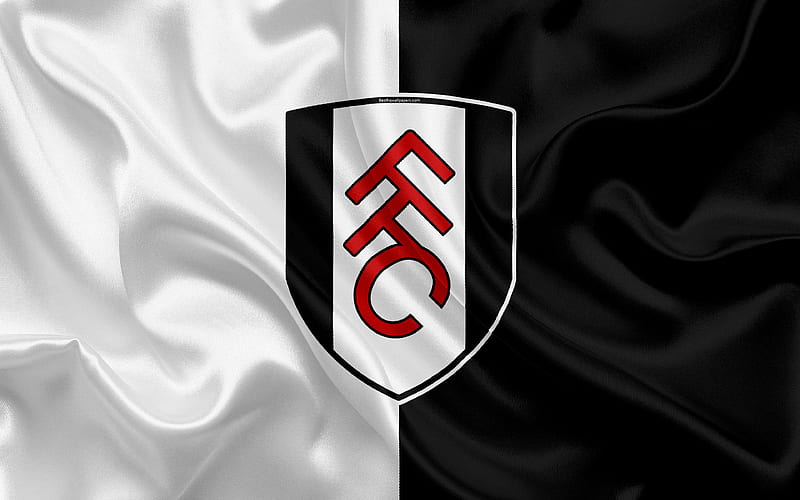Fulham FC is a name synonymous with tradition and community spirit in English football. Established in 1879, it holds the distinction of being the oldest professional football club in London. With its home ground situated on the banks of the River Thames at Craven Cottage, Fulham FC has carved out a unique identity that combines rich history, passionate fans, and an unwavering commitment to the beautiful game. This blog post delves into the intricate tapestry that defines Fulham FC, exploring its origins, evolution, and cultural significance within the world of football Fun88.
The Early Years: Formation and Initial Struggles Fulham FC
The inception of Fulham FC is deeply rooted in the local community and reflects the broader socio-cultural landscape of late 19th century England.
The Birth of a Club
In 1879, a group of church members from St. Andrew’s Church in Fulham established the club, originally known as St. Andrew’s Cricket Club. Initially focusing on cricket, the club transitioned to football as the sport gained popularity. By 1888, the team had officially adopted the name Fulham FC, marking the beginning of its storied journey.
As Fulham FC began competing in various local leagues, they quickly found themselves facing challenges common to many clubs of the era. The transition from amateurism to professionalism was fraught with difficulties, as the club struggled to attract talent amidst the burgeoning football scene in London. However, the dedication and perseverance of its early players laid the groundwork for a future that would bring triumphs and tribulations alike.
Joining the Football League
In 1907, Fulham FC achieved a significant milestone by joining the Southern League. This marked their entry into more organized competitive football, allowing them to face off against other clubs and establish a reputation. The move to the Southern League proved beneficial, as the club’s performance improved dramatically.
Despite the excitement surrounding the new league, the early 20th century brought challenges. The First World War disrupted the footballing calendar, forcing clubs to halt operations and sending many players to the front lines. Fulham FC faced the same fate, but the war also fostered a sense of unity and resilience among both players and supporters.
Resilience through Adversity
The interwar years saw Fulham FC navigating numerous ups and downs. The club fluctuated between the Second Division and the Third Division, reflecting the competitive nature of English football at that time. While successes were often overshadowed by relegations, the club’s loyal fanbase remained steadfast.
